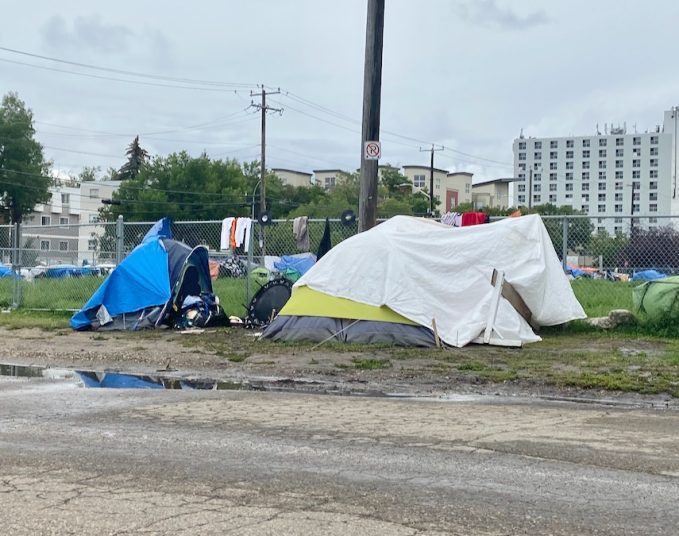According to the experts, it’s cheaper to live in Edmonton today than it was a year ago.
But, city and provincial leaders shouldn’t be ready to pat themselves on the backs just yet, as the living wage needed to get by in Edmonton still lags far behind the minimum wage.
Last week, the Edmonton Social Planning Council (ESPC) and the Alberta Living Wage Network released their 2024 Living Wage update for the city. According to their research it takes at least $20.85 per hour to get by in Edmonton, that’s down $1.40/hr from the previous year.
But, remember that the minimum wage in Alberta is $15 an hour, which means there is still a significant gap between what someone makes and what that person needs to get by for the city’s working poor.
“The fact that the living wage has come down is a good sign,” says Sydney Sheloff, strategic research coordinator for the ESPC. “It’s a sign that our city has become more affordable. But, it doesn’t mean much for someone making $15 or $16 an hour.”
Understand that the research that goes into the living wage is important, but it’s not an exact science. The research is based on three different household types:
- A family of four, with both parents working full time, one seven-year-old who attends before- and after-school care and full-time summer care, and one three-year-old who attends full-time child care.
- A lone parent, working full time, with one seven-year-old child who attends before- and after-school care and full-time summer care.
- A single adult working full-time.
For that family of four, the researchers assume that one vehicle is owned, and there is one transit pass that’s needed.
OK, now that the basics are out of the way, here’s why the wage dropped — and why we need to take these numbers with a grain of salt.
Because of the $10/day child-care agreement between the province and the feds, and an increase in some family benefits, there is an assumption that child-care costs should decrease by about 20 per cent.
As well, clothing costs have been coming down. The consumer studies used by the researchers indicate a reduction in household spending on footwear and clothes. But this is where Sheloff says we need to put a big but into the research.
The indicators used to determine clothing costs came from 2021, in a time when COVID was changing our shopping habits. Thrifting and hand-me-downs are also affecting the clothing business. So, are the reductions because of a drop in prices, or simply because, in 2021, we were all buying fewer clothes and shoes?
“We might see the number bounce back,” she says.
As well, while rents and housing costs continue to rise, the cost of utilities has gone down since 2023, leading to a wash when it comes to home expenses.
Sheloff says that, of all the Alberta communities surveyed, Edmonton is about in the middle when it comes to a living wage. Jasper, which is rebuilding, is the most expensive community in Alberta in which to live — you need to make $31/hour to get by, there. Calgary’s living wage is a little over $24 an hour.
The most affordable place to live in the province? That’s Medicine Hat, where $17.55/hr will get you by.
But, wait, that’s still above the minimum wage…
Savvy AF. Blunt AF. Edmonton AF.




